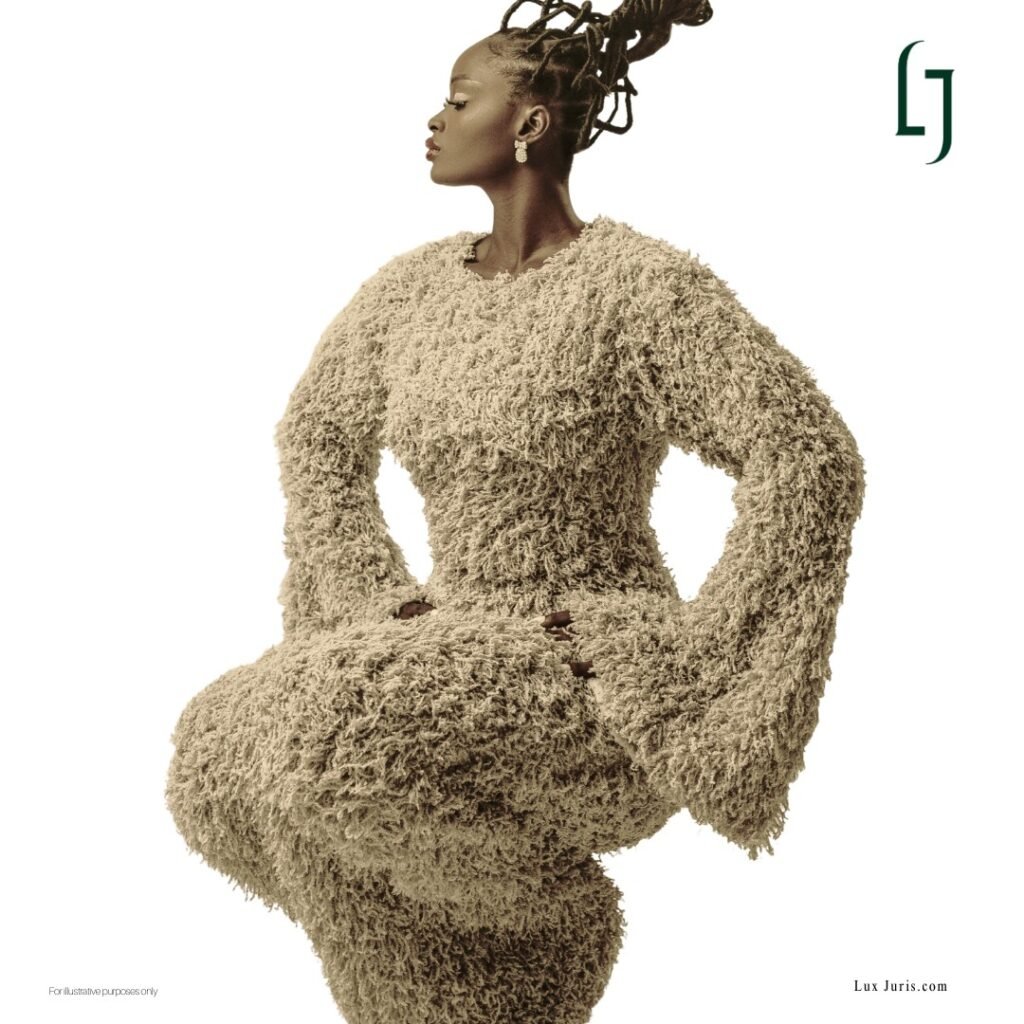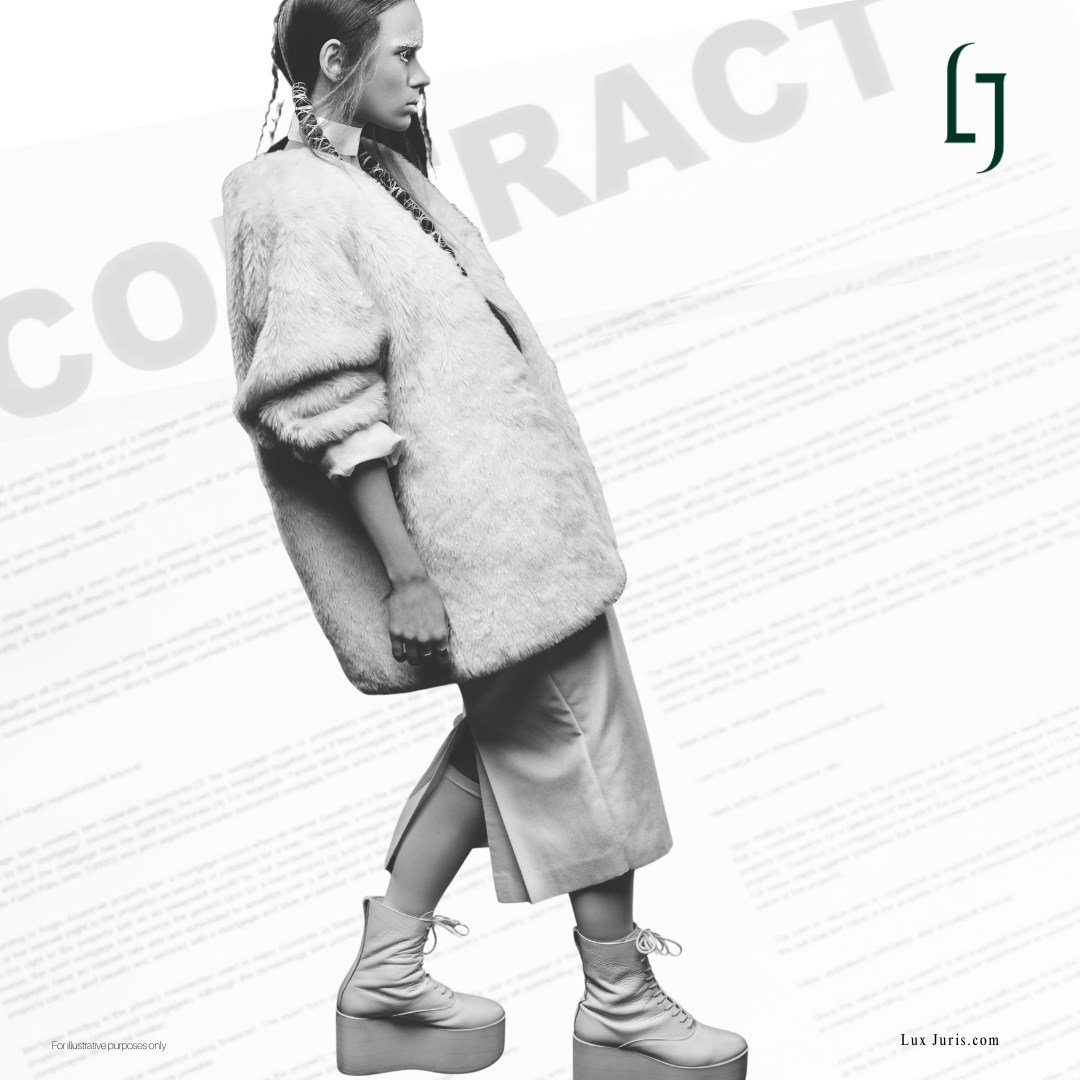The Nigerian fashion industry has experienced remarkable growth over the past decade, accounting for around 15% of the fashion and textile industry in Africa, Africa’s second largest industry.1 From Lagos Fashion Week to global runways in Paris and New York, Nigerian designers have built an international reputation for their innovation, cultural authenticity, and unparalleled aesthetics. This creative boom has also contributed to job creation and entrepreneurship, particularly among youth and women.
However, despite this growth and visibility, many of the business relationships within the Nigerian fashion ecosystem remain informal. Early-stage designers often rely on handshake agreements, verbal promises, or trust-based collaborations with tailors, photographers, stylists, influencers, and manufacturers. Such informality exposes them to legal and financial risks, including disputes over design ownership, unpaid services, and broken agreements.
Written contracts are essential for addressing these risks. They protect intellectual property, formalise partnerships, clarify responsibilities, and provide enforceable remedies, enabling designers to build sustainable businesses capable of attracting investment, expanding into new markets, and maintaining professional credibility.
How Contracts Protect Fashion Designers and Entrepreneurs
Contracts are the backbone of any organised and professional business. In the context of the Nigerian fashion industry, written contracts provide structure, clarity, and protection especially where creativity and commerce intersect. Beyond the specific types of agreements, contracts also serve several essential functions that make them indispensable in the business of fashion:
- Clarifying Ownership of Creative Works and Intellectual Property (IP): Contracts specify who owns what. For example, does a freelance graphic designer retain rights to a logo, or does ownership pass to the brand? In fashion, where designs, logos, and aesthetics are valuable assets, clearly defined ownership prevents disputes and IP theft.
- Allocating Responsibilities, Timelines, and Payment Terms: A well-drafted contract outlines who is responsible for each part of the project, when deliverables are due, and how and when payments will be made. This eliminates confusion and provides a reference point in case delays or non-performance occur.
- Outlining Remedies for Breach: If a party fails to fulfill their obligations, contracts usually include clauses specifying what happens next, such as refunds, penalties, or termination of the agreement. In this modern age of ADR, Arbitral clauses and other similar clauses are infused into contracts detailing the mode of dispute resolution. This legal clarity can save time, money, and relationships by setting expectations for dispute resolution.
- Managing Exclusivity, Licensing, and Usage Rights: Contracts help regulate how designs, images, or brand affiliations are used. For example, a brand ambassador contract may include an exclusivity clause preventing the influencer from promoting rival fashion brands for a certain period. Similarly, a licensing agreement may restrict where and how a design can be reproduced or sold.
Why Informality Leaves Designers Exposed
Reliance on Verbal Promises
In 2019, The Punch, Nigeria’s most widely read newspaper, reported a case where a fashion designer bought fabrics worth over ₦200,000 on a verbal promise to pay later. Despite repeated efforts, the vendor was unable to recover the money. This is one of many examples where business dealings rely on trust, friendship, or oral assurances rather than clear written agreements.
Risks of Intellectual Property Theft
Informal deals may seem convenient at first, but they carry serious risks. Intellectual property theft is common, a manufacturer can copy a designer’s pattern or design and sell it under a different label. Without a contract establishing ownership, the original designer has little legal ground to challenge such misuse.
Disputes over Compensation
Verbal agreements with models or influencers on campaign fees often result in disputes when one party denies the terms. Without written proof, disagreements turn into word against word conflicts that damage both business and reputation.
Miscommunication on Timelines and Deliverables
Miscommunication over timelines, payments, and deliverables is also widespread. A designer may expect garments in two weeks, while the tailor assumes a longer deadline. These mismatches cause delays, frustration, lost opportunities, and problems for time-sensitive events like fashion shows or client deliveries.
Weak Enforceability of Oral Contracts
Although Nigerian law recognises oral contracts, proving their terms in court is difficult and unreliable. This lack of enforceable protection leaves many designers unable to pursue remedies when disputes arise.
Key Types of Contracts in Fashion
Certain contracts are especially important in the fashion ecosystem:
Non-Disclosure Agreements (NDAs) – used when sharing sketches, prototypes, trade secrets, or business ideas with investors, collaborators, or manufacturers. They bind the other party to confidentiality and prevent leaks or misuse of sensitive information.
Design and Production Agreements – govern the relationship between a designer and a manufacturer or tailor. They set out the scope of work, production timelines, quality standards, pricing, and terms for revisions or cancellations. Without them, designers risk delays, poor quality, and unexpected costs.
Licensing and Distribution Agreements – used when brands expand into retail or international markets. These contracts define how the brand may be used, the territories covered, royalties payable, and the duration of the deal. Without them, designers risk brand dilution or loss of control.
Brand Ambassador and Influencer Agreements – critical in the digital age where fashion relies on influencers and celebrities for promotion. They specify deliverables (such as number of posts, timing, and platforms), and exclusivity terms to prevent ambassadors from working with rivals. Without clarity, designers risk exploitation or misrepresentation.
How Contracts Drive Fashion Growth
Written contracts do more than protect designers from legal risks; they are central to scaling fashion businesses and building credible reputations. One immediate benefit is the formalisation of business partnerships. A contract provides a clear framework for the relationship, minimising misunderstandings and disputes.
Contracts are also a signal of business credibility. They show that a brand is structured and investable, which matters when seeking funding or joining accelerator programs. This credibility attracts investors, media attention, international buyers, and strategic partners.
For Nigerian fashion brands aiming to move from passion projects to sustainable businesses, contracts are indispensable. They provide structure, attract investment, and open doors to new markets. A designer’s ability to enter and manage formal agreements can be the difference between running a hobby and building a globally recognised brand.
Understanding Fashion Law in Nigeria
Success in Nigeria’s fashion industry requires more than creativity, it demands an understanding of the legal structures that govern the sector. Yet many fashion entrepreneurs operate informally, unaware of the tools available to protect their work and formalise business relationships. This gap often leads to disputes, exploitation, and hindered growth.

Access to legal services is also a major challenge. Many creatives work on tight budgets and cannot afford lawyers, leading them to bypass contracts or rely on poorly drafted templates filled with loopholes. Even when disputes arise, the cost, time, and bureaucracy of litigation can discourage designers from pursuing legal remedies.
There are, however, signs of progress. More lawyers are specialising in fashion law, a growing field at the intersection of contract law, intellectual property, media, and commercial law. Legal clinics, webinars, and online resources are emerging to close knowledge gaps, and some fashion hubs and incubators now offer basic legal support to their members.
Recommendations for Strengthening Contract Use in Fashion
To unlock the full potential of the Nigerian fashion industry and protect the rights of designers, a deliberate shift toward legal formalisation is necessary. Contracts must become standard business practice, not just an afterthought. Achieving this requires coordinated, intentional efforts across education, tools, access, and awareness.
Embed Legal Education: Incorporate contract and IP training into fashion schools, workshops, incubators, and industry events.
Provide Accessible Tools: Develop clear, customisable contract templates for NDAs, production agreements, influencer deals, and licensing.
Improve Legal Access: Establish subsidized or pro bono legal services via law faculties, fashion hubs, and partnerships with law firms.
Promote Fashion Law Awareness: Support the recognition of fashion law as a specialised practice area, encouraging lawyers to develop expertise in creative industries.
A culture of contract use requires more than awareness, it demands practical tools, accessible services, and institutional support to normalise formal agreements as standard practice
Conclusion
The Nigerian fashion industry is bursting with creativity, cultural influence, and global potential. Yet, for all its artistic brilliance, the industry remains weighed down by informality in business practices, especially among emerging designers. As this essay has shown, relying on verbal agreements and handshake deals not only exposes creatives to legal and financial risks but also undermines the professionalism and scalability of their businesses.
If the Nigerian fashion industry is to thrive not only as a source of artistic expression but also as a sustainable economic force, designers must begin to see contracts as essential business tools. The future of Nigerian fashion depends not just on creativity and talent, but also on the signatures that secure them.
Research: Afor God’sfavour | Editor: Qazi
Sources:
[1] https://thenationonlineng.net/nigerias-creative-industry-untapped/
